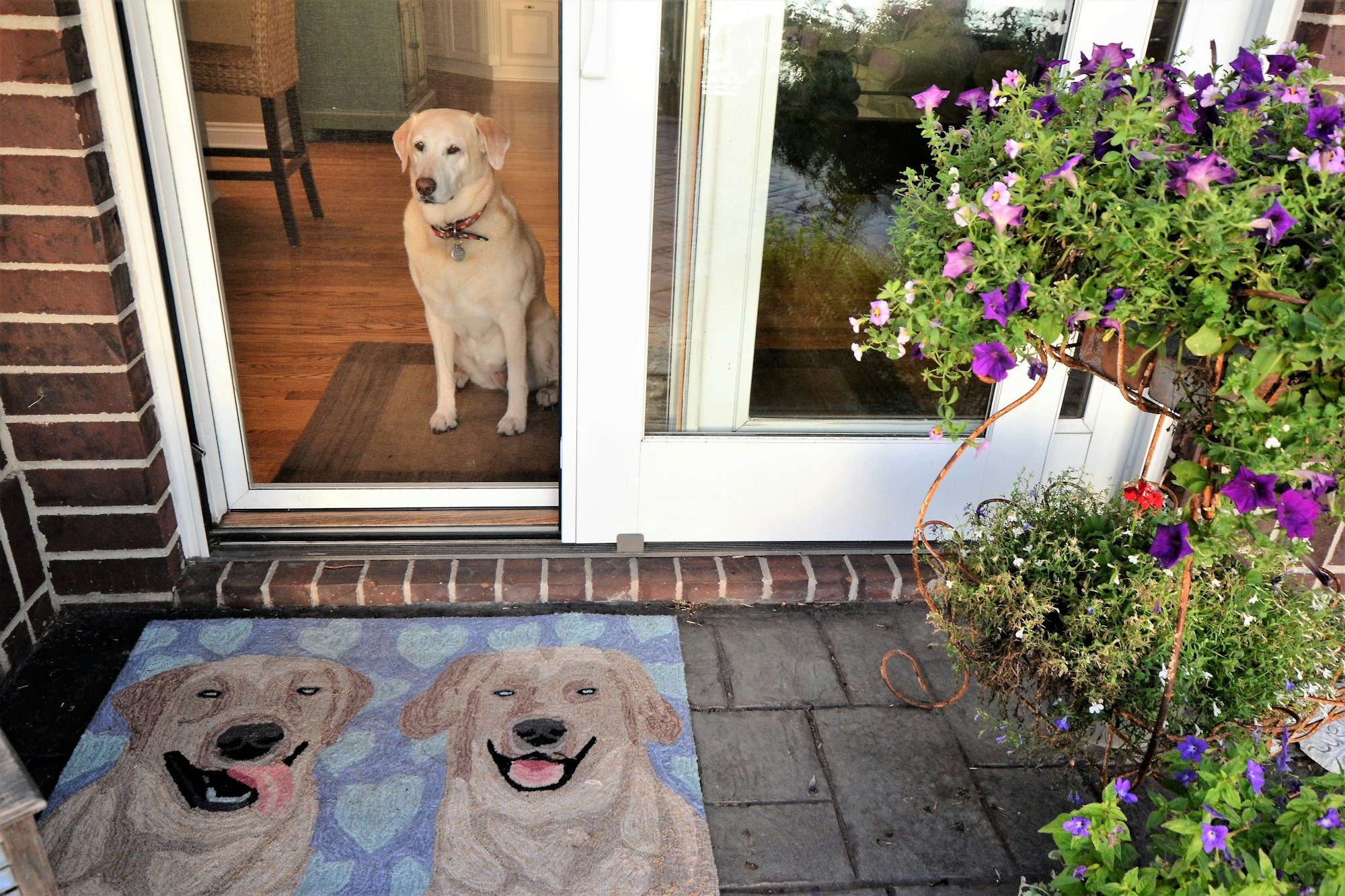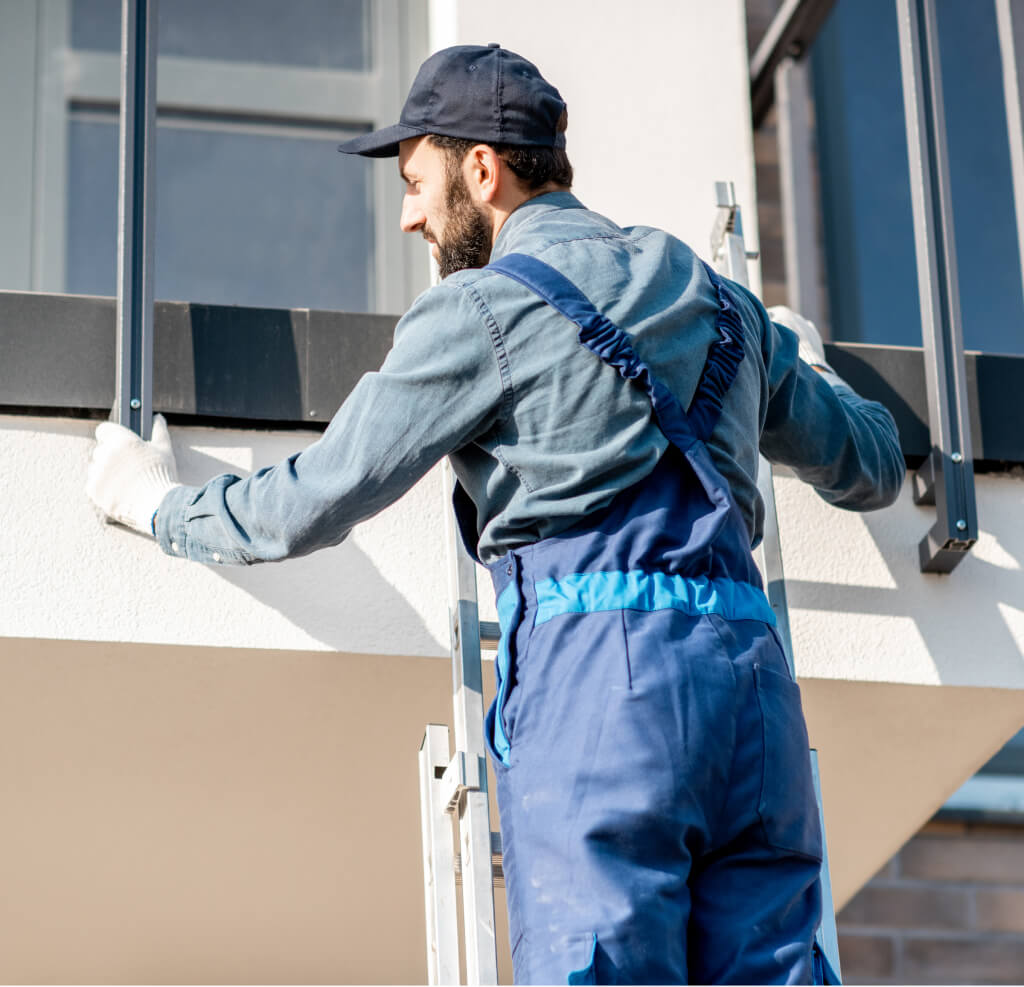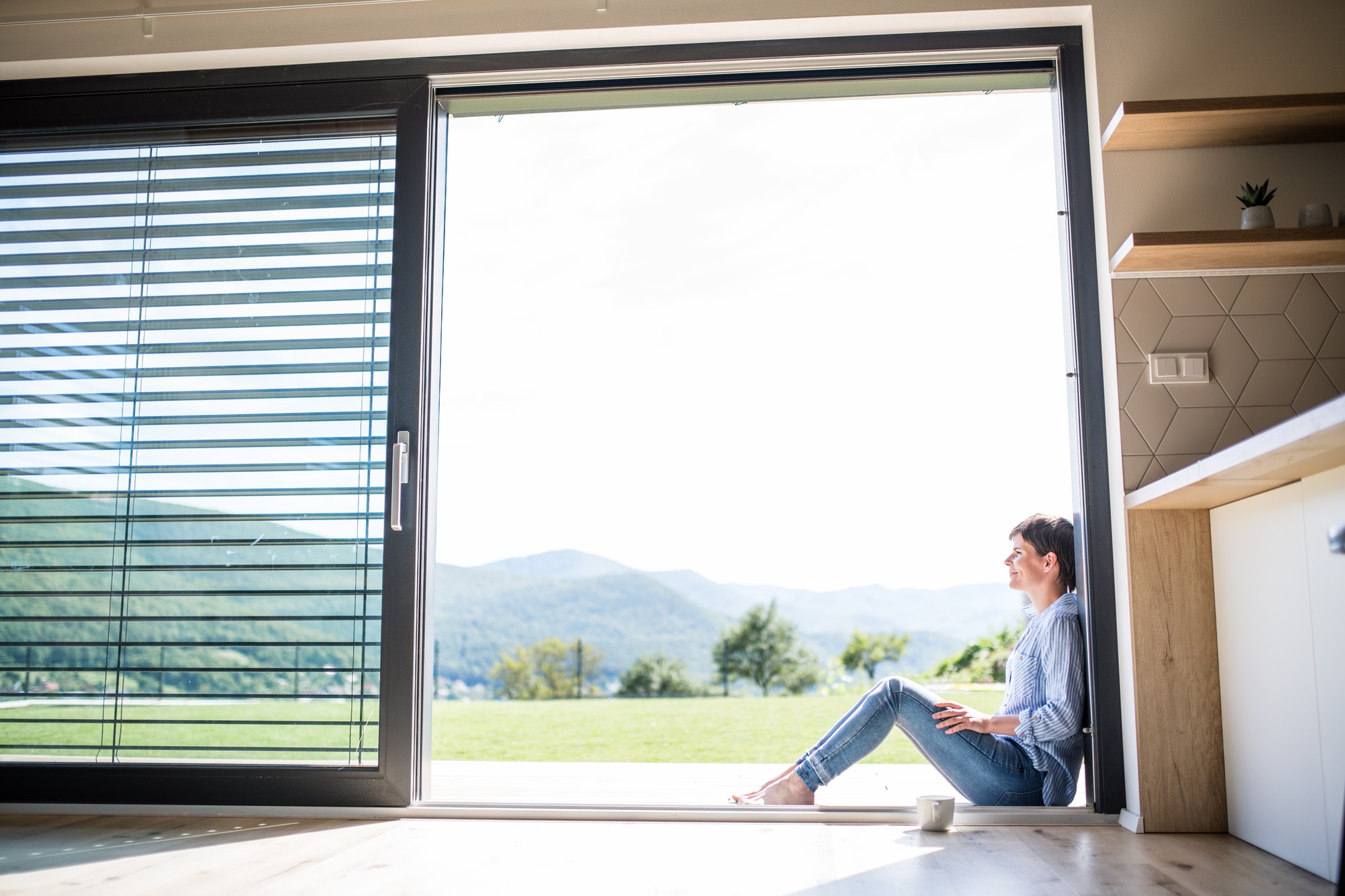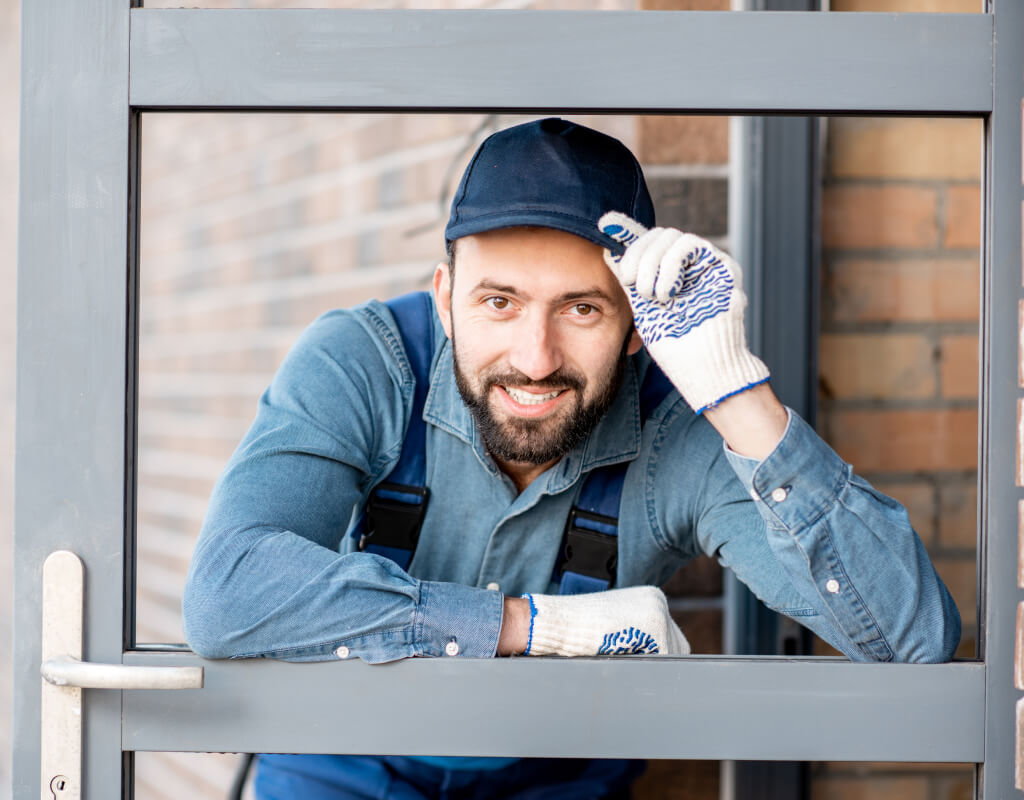
We get asked many questions all the time, some replete – so we have that ready for you here. If you still need a hand locating specific information – please use our search engine or contact us!
Just a couple of questions you might be interested in:
Here are five helpful tips to ensure your sliding door glides!
1. Keep the tracks clean. Use a vacuum and cloth to remove any dirt or debris that may cause friction.
2. Apply lubrication to the tracks. Use a silicone based lubricant to minimize friction and promote movement.
3.. Adjust the rollers. Ensure that the rollers are properly aligned and rolling without any issues.. Replace any rollers as needed.
4. Ensure proper alignment. Verify if the door’s level and plumb making use of shims if necessary, for an even hang.
5. Replace weather stripping. Inspect the weather stripping on the door ensuring it doesn’t interfere with movement. If its worn out replace it accordingly.
We wouldn’t recommend using WD 40 on the tracks of sliding glass doors.
Let me explain why;
WD 40 is actually a solvent, not a lubricant.
This means it evaporates quickly and doesn’t provide lasting lubrication.
The petroleum distillates, in WD 40 can cause damage to rubber and plastic parts of the door over time.
Additionally WD 40 tends to attract dust and dirt which can further clog up the tracks and wheels.
It’s important to note that WD 40 is primarily designed for freeing parts than providing smooth gliding by reducing friction.
Instead I suggest using a silicone based lubricant specifically formulated for sliding doors and windows.
Apply a layer, along the track and wheel grooves to ensure lubrication.
Remember to reapply for easy sliding.
It’s also an idea to check the door wheels and hardware during maintenance.
Here are some tips for filling the gap between sliding door frames:
The key is to use pressure-fit materials or those that adhere to both sides of the gap. Clean, dry surfaces will also help fillers stick. Proper sealing prevents air leaks, moisture, pests, and noise transfer.

We offer same day service, and warranty on all repairs, labor and parts!
Yes.
Yes, it is possible to replace broken glass in a patio door. Here are a few key things to know about replacing broken patio door glass:
– The glass used in patio doors is usually tempered safety glass to meet building codes. You’ll need to source replacement glass that is the right thickness and type for your door.
– Carefully remove any remaining shards from the door frame and clean the channel that holds the glass. Examine the frame for any damage.
– Measure the height and width of the glass space very precisely to cut the new piece accurately. Even small measurement differences can prevent proper glass installation.
– Use glazier’s points or moldings to secure the new glass pane into the door frame channel. Apply silicone caulk around the edges for stability and seal.
– Consider replacing the door sweep at the bottom when you replace the glass to maintain proper weatherproofing.
– Be very careful during the glass installation process – have someone assist if possible, and wear protective gloves/eyewear.
– If the frame is damaged beyond repair, you may need to replace the entire patio door unit.
With the right glass, tools, and care, the glass in patio doors can usually be replaced successfully without replacing the whole door. But do call in a professional if it seems beyond DIY abilities.
Yes, it is possible to replace the glass in a double pane sliding glass door, though it can be a bit more tricky than a single pane door. Here are some tips for replacing glass in a double pane sliding door:
– You’ll need to source insulated double pane glass to match the original thickness and specifications. This retains the thermal efficiency of the door.
– Remove the door sash and any remaining shards from the frame carefully. Measure precisely to cut the replacement glass.
– Remove the inner stop moulding to access both panes and replace any damaged weatherstripping.
– Install the new outer and inner panes one at a time using glazier points and silicone sealant. Ensure air tight seal.
– Replace the stop moulding and reinstall the sliding door sash, testing operation. Adjust rollers or hardware as needed.
– Consider replacing the argon gas between the panes for maximum insulation. This requires professional glass installation.
– Be very careful during the process – have an assistant, wear protective gear, and work slowly.
– If the frame is damaged, replacing the entire sliding door may be easier than replacing just the glass.
With care and precision, the glass in double pane sliding doors can be replaced successfully. Seek professional help if unsure – incorrectly installing glass can impact the door’s weatherproofing and insulation.
Here are some common reasons why a sliding door keeps coming off the track:
– Misaligned track – If the track is warped or bent, it can cause the wheels to jump. Tracks need to be straight and parallel.
– Worn out rollers – Over time, the wheels can become loose, crack, or stop spinning smoothly. Replacing old rollers is recommended.
– Debris in track – Dirt, leaves, sand, etc can build up in the track causing obstruction. Regularly clean the track.
– Improper installation – If not installed properly, the track alignment and height may be off. This requires adjustment.
– Low quality parts – Cheap rollers, weak stops and flimsy tracks lead to derailment. Upgrade to smooth ball-bearing rollers and beefy tracks.
– Too much weight – Sliding doors not rated for the weight or size of your glass panels may disengage under the load.
– House settling – If the foundation sinks, it can knock tracks out of alignment over time.
– Damage or warping – Accidents, weather damage or normal wear and tear can throw tracks out of whack.
Routine maintenance and using quality components goes a long way toward preventing recurring issues with sliding doors coming off track. But misalignment or damage may require a professional adjustment or replacement of the track and hardware.
Whether homeowners insurance covers a broken sliding glass door depends on the cause and type of policy you have. Here are some general guidelines:
– Standard homeowners insurance will typically cover damage to a sliding glass door that results from incidents like burglary, vandalism, falling objects, and some weather events like wind and hail.
– Broken sliding doors due to lack of maintenance, normal wear and tear, or homeowner negligence are generally not covered.
– Water damage from storms, flooding, or broken pipes would be covered under flood insurance or water backup endorsements, if you carry those.
– Earthquake and hurricane damage requires separate supplemental coverage beyond standard homeowners policies.
– The glass breakage portion of a policy may provide limited coverage for a shattered sliding door, depending on deductibles.
– Renter’s and condo insurance can cover sliding door damage depending on the cause.
The best thing to do is review your homeowners policy and contact your insurance agent to understand exactly what scenarios they will and won’t cover for any sliding glass door damage or replacement costs. Be sure to document damage via photos/video.
Here are some recommended steps to take if your sliding glass door shatters:
– Stay calm and avoid the shattered glass. Wear shoes to protect feet. Shut the sliding door carefully if it’s still intact.
– If safe, sweep up and clean up any loose shards using gloves and a broom. Place glass in a box to discard.
– If there are jagged bits still in the frame, tape plastic sheeting over the opening to prevent injuries and secure the room.
– Check for any injuries and get medical care if needed. Safety is priority.
– Contact your homeowners insurance provider to file a claim if covered. Take pictures as evidence for the claim.
– Remove any remaining glass from the frame using pliers and place in a bucket.
– Measure the opening and contact a glass repair specialist for a replacement quotes.
– Board up the opening temporarily if you can’t get a quick replacement. Use plywood secured into the frame.
– Arrange for glass installation service and repair any ancillary damage like torn screens or damaged tracks.
– If it’s due to natural causes, also have home inspected for any structural damage requiring attention.
Staying calm, acting quickly, and reaching out to insurance are key steps after a shattered sliding door. Most importantly – be safe clearing up the broken glass.
Please try our search engine to look deeper into our resource center or >>>










Contact us and schedule your FREE in-house estimation!